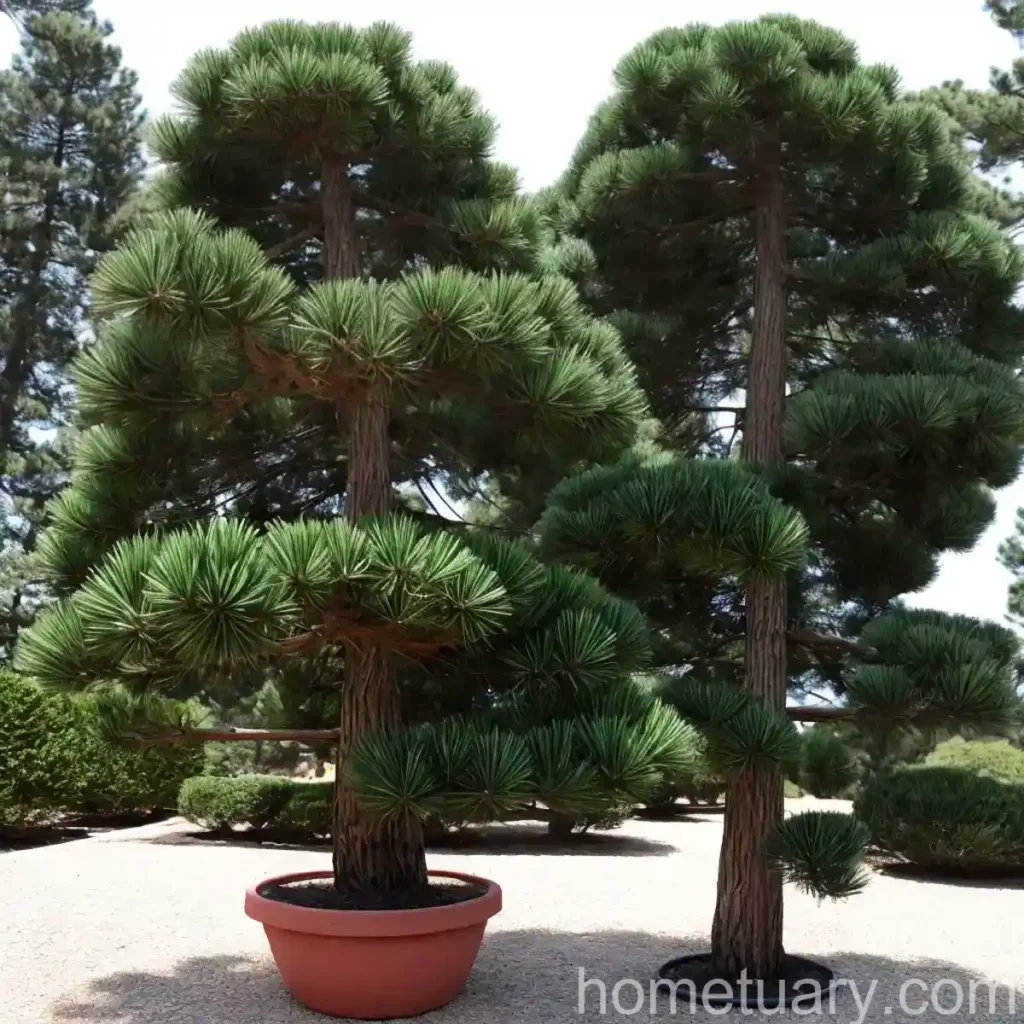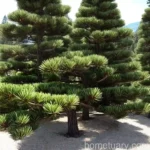Red Pine (Pinus resinosa): A Comprehensive Guide
Introduction
Red pine, scientifically known as Pinus resinosa, is a majestic evergreen tree that forms a prominent part of the pine species. This iconic tree species is recognized for its tall stature, slender conical crown, and distinctive reddish-brown bark that peels away in large sections. In this comprehensive guide, we will delve into the in-depth understanding of red pine, including its culture, uses, preferred growing conditions, propagation, common diseases, and much more.
What is Red Pine (Pinus resinosa)?
Red pine (Pinus resinosa) is a species of pine native to North America, particularly found in the northeastern region of the United States and southeastern Canada. It belongs to the white pine group, and its remarkable resilience and beauty have made it a valuable species for forestry, ornamental purposes, and beyond.
Key Takeaways
Red Pine (Pinus resinosa)
- Scientific Name: Pinus resinosa
- Common Name: Red pine
- Family: Pinaceae
- Genus: Pinus
- Type: Evergreen coniferous tree
- Habit: Tall and straight trunk with a slender conical crown
Culture
Uses
Red pine has a diverse range of uses:
- Forestry: It is a valuable timber species, prized for its straight, uniform trunk that produces high-quality lumber for various construction and woodworking applications.
- Landscaping: The tree’s ornamental value makes it a popular choice in landscaping for parks, gardens, and large estates.
- Erosion Control: Its extensive root system helps in stabilizing soil in erosion-prone areas.
- Wildlife Habitat: Red pine forests provide an essential habitat for a wide range of wildlife, including birds, mammals, and insects.
- Medicinal: Various parts of the red pine tree have been traditionally used in herbal medicine for their therapeutic properties.
Water
Red pine exhibits moderate water needs and prefers well-drained soil. While it can tolerate mild drought conditions, regular and consistent watering, especially during its initial establishment, is vital for its optimal growth and health.
Sunlight
As a light-demanding species, red pine thrives in full sun exposure, where it can receive a minimum of six hours of direct sunlight. Insufficient light can lead to poor growth and decreased resistance to disease and pests.
Fertilizer
While red pine is not particularly demanding in terms of fertilization, a balanced slow-release fertilizer applied in early spring can provide essential nutrients for healthy growth. However, it’s crucial to avoid excessive fertilization, which may lead to lush foliage and reduced cold hardiness.
Soil
Red pine prefers acidic soils with a pH range of 4.5 to 6.5. It thrives in well-drained, sandy, or gravelly soils with good aeration, as it is susceptible to root rot when planted in poorly drained or compacted soils.
Pruning
Pruning is generally not required for red pine in natural settings. However, in managed landscapes, minimal pruning to remove dead or diseased branches can be performed in late winter or early spring to maintain its overall health and aesthetic appeal.
Propagation
Propagation of red pine can be achieved through various methods, including:
- Seed Propagation: Red pine can be propagated from its seeds, which are enclosed in woody cones. The seeds can be collected from mature cones and sown in a nursery bed or containers.
- Cuttings: Softwood or hardwood cuttings can be used to propagate red pine, although it requires specific techniques to achieve successful rooting.
Container Popularity
Red pine is well-suited for container cultivation, particularly during its initial growth stages. Many horticulturists and garden enthusiasts choose to grow red pine in containers for its ornamental value and ease of management in smaller spaces.
Common Diseases
Disease Diagnosis
Red pine is susceptible to various diseases, including:
- White Pine Blister Rust: A fungal disease that affects the bark and cambium layer, leading to cankers and reduced vigor.
- Sphaeropsis Blight: This disease causes needle blight and cankers, impacting the overall health and aesthetics of the tree.
- Root Rot: Poorly drained soils can lead to root rot, which can be fatal if not addressed promptly.
Common Pests
Red pine is also vulnerable to several pests, such as:
- Pine Sawfly: The larvae of this sawfly species can defoliate red pine trees, leading to diminished growth and vigor.
- Pine Weevil: These insects feed on the terminal shoots, causing distortion and stunted growth.
Botanist’s Tips
- Site Selection: When planting red pine, choose a site with well-drained acidic soil and full sun exposure to promote healthy growth.
- Watering: During the establishment phase, ensure consistent watering to aid in root development and overall vigor.
- Monitoring: Regular inspections for signs of disease, pest infestations, and environmental stress can help in early intervention and mitigation.
Fun Facts
- Red pine sap has been historically used to extract resin, which was utilized in the production of pitch and as a sealant for wooden vessels.
- The native range of red pine extends from Newfoundland to Manitoba in Canada and stretches south to Pennsylvania in the United States.
Links to External Resources
For further exploration of red pine (Pinus resinosa), you may find the following resources valuable:
In conclusion, red pine (Pinus resinosa) stands as a symbol of resilience and natural beauty, encompassing a rich tapestry of cultural, ecological, and practical significance. Its contributions span from forestry and habitat provision to its role in traditional remedies, making it an enduring emblem of the natural world.
Whether gracing the forested landscapes of North America or enhancing the aesthetics of urban green spaces, red pine continues to captivate and inspire with its grace and steadfastness.
Note: The information provided in this guide serves as a foundational resource for understanding red pine and should be supplemented with region-specific insights and expert guidance for successful cultivation and management.















